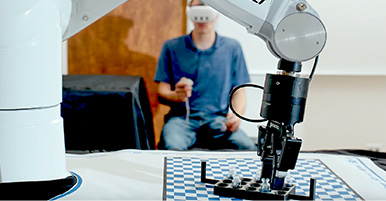Citation
L. Moro, J. Perez-Mariano, A. Sanjurjo and K. Lau, “Polycrystalline silicon film and solar cells by FBR-CVD,” 2010 35th IEEE Photovoltaic Specialists Conference, 2010, pp. 003713-003717, doi: 10.1109/PVSC.2010.5616387.
Abstract
Solar industry growth and a silicon feedstock shortage have spurred interest in thin silicon film photovoltaic (PV) technology. To reduce PV panel and electricity cost, technologies are needed with high deposition rates of high-quality Si film, scalability to large areas and integrated cell and panel fabrication. A new SRI International deposition technology based on fluidized bed reactor-chemical vapor deposition (FBR-CVD) takes advantage of the high heat and mass transfer in a FBR, and combines it with subhalide CVD chemistry with highly reactive species created in the reactor. The SRI’s FRB design minimizes boundary layer thickness to achieve deposition rates as high as several microns per minute and good coating uniformity. The resulting silicon films are highly crystalline with 10-100 μm grain sizes over 5 cm 2 ; with in-depth homogeneous resistivity, typically 0.1-5 Ω·cm, but up to 1000 Ω·cm obtained under some deposition conditions; and with bulk diffusion length >200 μm. The reactor configuration can be used for continuous and integrated cell/panel fabrication.
Keywords: chemical vapour deposition, CVD coatings, elemental semiconductors, fluidised beds, grain size, heat transfer, mass transfer, semiconductor thin films, silicon, solar cells


